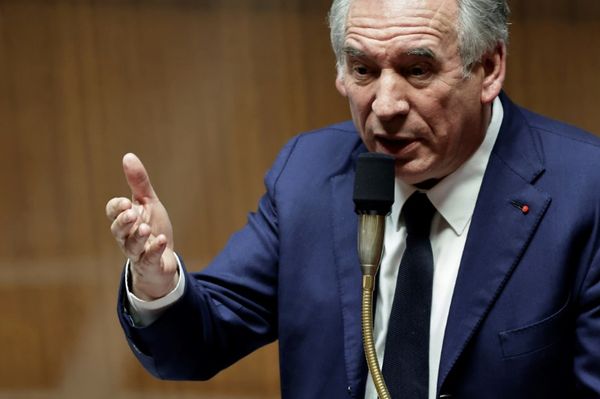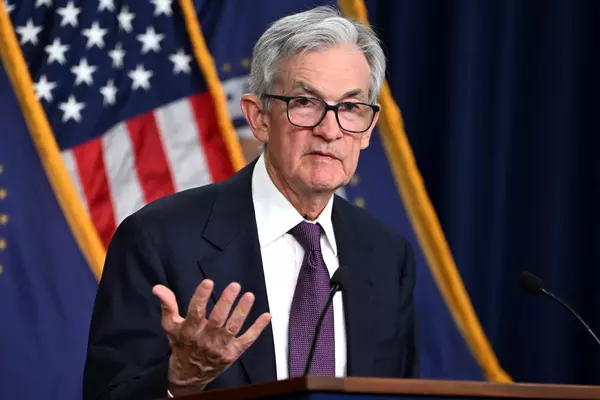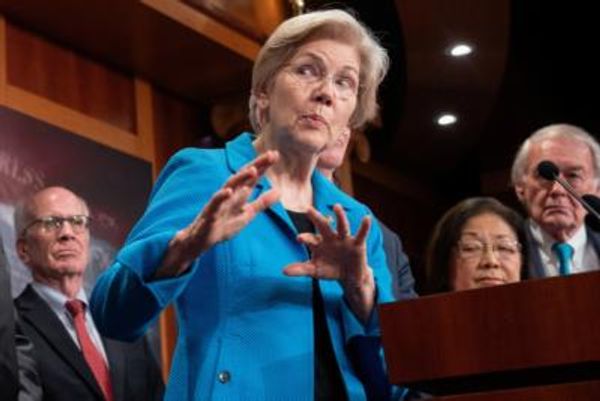
Mortgage holders in the Hunter could be forced to cough up an additional $800 in monthly interest payments according to rate hike forecasts from Australia's largest banks.
Analysis on the big four's cash rate forecasts from RateCity forAustralian Community Mediahas shown borrowers are set to be stung with hundreds of dollars in additional interest charges, once the Reserve Bank begins upping rates.
The calculations are based on the most up-to-date average loan size in each state and territory, with NSW poised to experience the worst potential rate rise, with an average mortgage in the most populous state potentially incurring extra fees between $477 and $800.
RateCity research director Sally Tindall stressed borrowers need to build up a savings buffer and highlighted a rate hike in the short term is inevitable.
"No one's going to like the idea of handing their hard-earned savings over to their bank in extra interest charges," Ms Tindall said. "Don't sit back and wait for rates to rise, build up a buffer as soon as you can by putting extra money into your offset, or straight into your home loan. The lower your loan size when the rate rises do come, the less of a shock you'll get."
By December 2023, Commonwealth Bank is expecting the RBA to inflate rates to 1.25 per cent, while NAB and Westpac assume the cash rate will sit at 1.5 per cent. ANZ at the top end of the spectrum believes the cash rate is likely to move to 2 per cent, which would translate to higher mortgage rates offered by lenders on both owner-occupier and investor loans.
Rising interest has been front and centre following speculation by the RBA that a "plausible" rate rise could occur later in the year. Higher than expected levels of inflation above the RBA's target range of 2 to 3 per cent has fuelled the market to believe a hike could occur as early as August. Earlier action by the RBA has also been touted following the US Federal Reserve flagging it may raise rates as early as March. However, RBA governor Philip Lowe quashed speculation, highlighting US inflation was double that of Australia. Longer term rate predictions by the big four also show the peak rate by 2024 could be anywhere between 1.75 per cent and 3 per cent.
Ms Tindall noted the RBA is cognisant of increasing levels of debt as a result of the property boom which has seen values increase by over 25 per cent over the year. "Over the next couple of years, the cash rate is likely to end up somewhere between 1.25 and 2 percent, which historically is still incredibly low," she said.
According to the Australian Prudential Regulation Authority, household savings are at an all time high, with nearly $119 billion more in savings accounts than a year ago.







